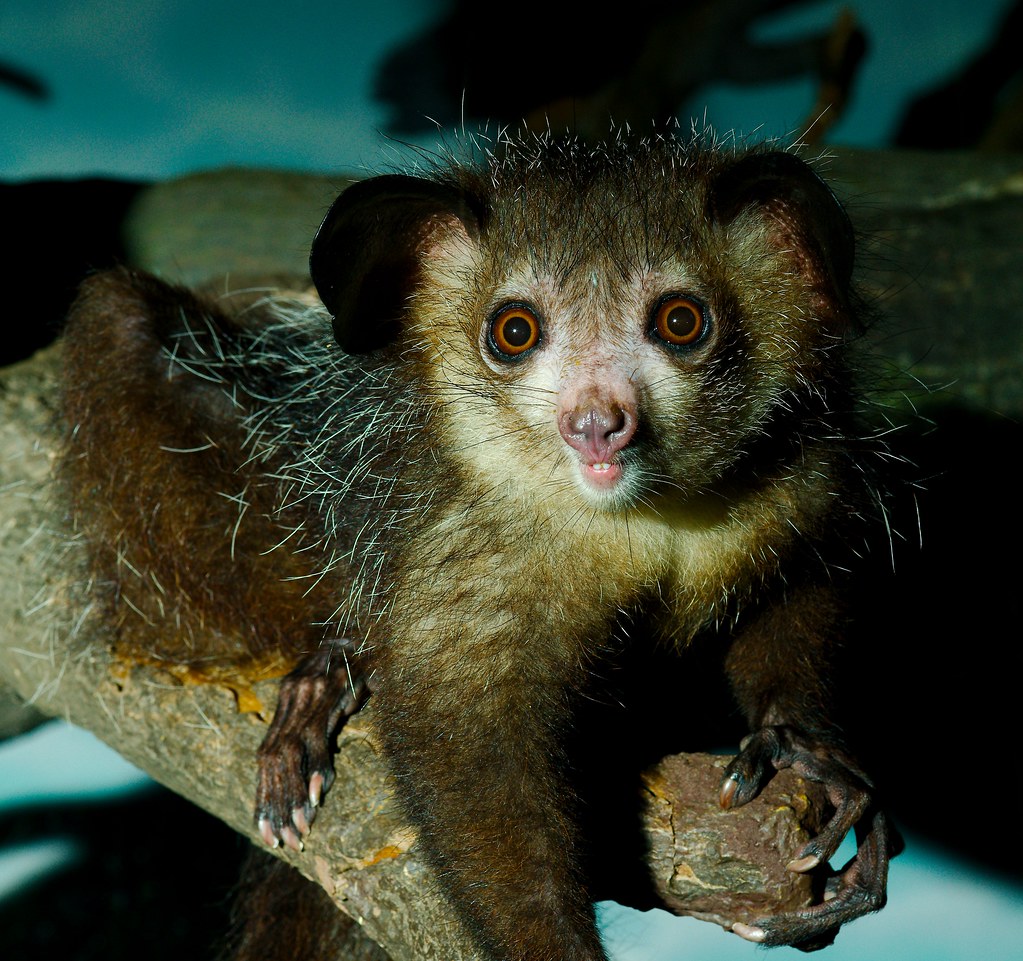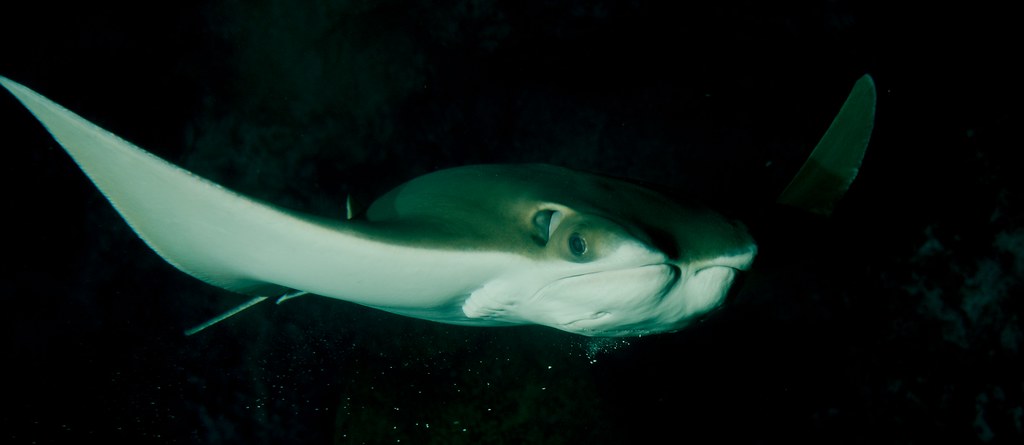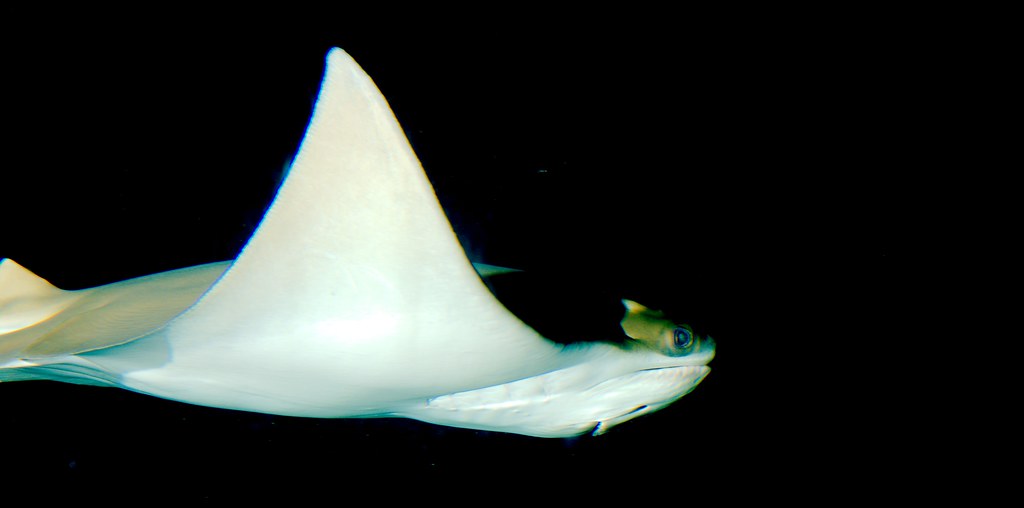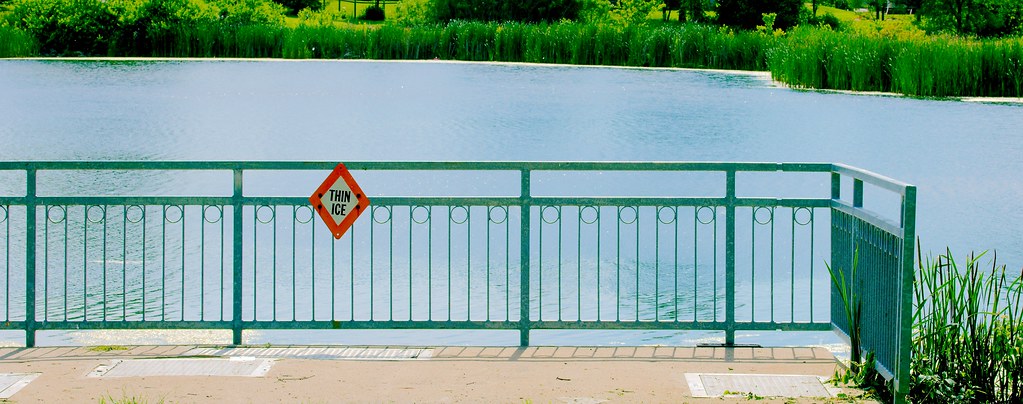The beauty, the gracefulness, the sheer unadulterated natural majesty of flight.
Category Archives: Uncategorized
Anemone
Ray
Anemone
Ray
Urchin
Bridge
Thin Ice
Veiled chameleon (Chamaeleo calyptratus)
Chameleons wear veils for many reasons. They can be used ceremonially to observe weddings and funerals. They can be used to promote humility within chameleonic culture. They are used in dances to add a sense of mystery to the movement.
This chameleon, however, wears veils just to feel pretty. At present, the veil is may be difficult to see … because chameleon.
Brown Pelican (Pelecanus occidentalis)
Sign

It’s always interesting what a sign can tell you, both from what it does and does not say. For example, the snacks here are intended for ducks, chickens, and left hands. Though the snacks cost but twenty-five cents, they are critical enough that they warrant two padlocks. Also, the snacks are invisible.
Red Panda
Sharp Shinned Hawk
Eastern Lubber Grasshopper (Romalea microptera)
Northern White-faced Owl (Ptilopsis leucotis)

This owl is not on exhibit. It is being kept behind the scenes for breeding purposes. So I was very lucky to see it when it was being brought out for a bit of fresh air.
Zoos do this a lot. Since they’ve become more of conservation centers and less of entertainment complexes, there is a lot that the public doesn’t get to see. This is problematic, because most people can’t support what they don’t know about. And, without that support, it is hard to continue doing the work.
This is a problem that most zoos have yet to solve.
Futility
Aye-Aye (Daubentonia madagascariensis)

This is the aye-aye. It is being killed by stories. People tell stories about needing wealth, so its forests are stolen and sold, making it ever poorer. People tell stories where humans rule animals, and so they do. People tell stories it being a harbinger of death, so it is brought death.
I first learned of the aye-aye from Douglas Adams. He is famous today for The Hitchhiker’s Guide to the Galaxy. He will be famous forever for Last Chance to See. Odds are you’ve missed the best book he ever wrote. This is the book that, more than anything else, is responsible for all my photos.
Decades ago, Douglas Adams accompanied a Mark Carwardine, a naturalist, to document his effort to see an aye-aye. Nearly extinct at the time, Mark wanted to see one before they were gone. The story was funny, written in typical Adams’ style. The end of the story, though, that was different. There, Douglas Adams wrote how it felt to look, with human eyes, at a species that humans were driving out of existence entirely. In that moment, his life changed.
That article, in turn, changed the world. It prompted a year long trip to see a kakapo, a Yangtze river dolphin, an Amazonian manatee, and many others. It created a radio show and a book and, later, a TV show and another book. The awareness raised enough money that both the kakapos and the aye-ayes are now doing better than they were in 1989, something seldom seen.
Today, unlike in 1989, you can see aye-ayes in at least three different zoos in the united states. You can see them in all their hideous beauty. You can see them moving as near invisible shapes in the dark or, if you’re lucky, under a spot light. You can see them tapping away with their fearsome finger, which brings death to grubs and, in story, to humans. Sometimes, you see a patient child catch the glimpse of movement and, in letting their eyes adjust, see something that they never think could exist in our world. If you watch, you may see a living myth, saved for future generations only because of a story.
This is the aye-aye. It is being saved by stories. People tell stories about what it is like to see one in the forest and in a zoo. People tell stories about other people and their eyes widening in awe as they figure out what they’re viewing. People tell stories about it being a harbinger of death, that needs our help to live.
This is my story about the aye-aye. What is yours?
















